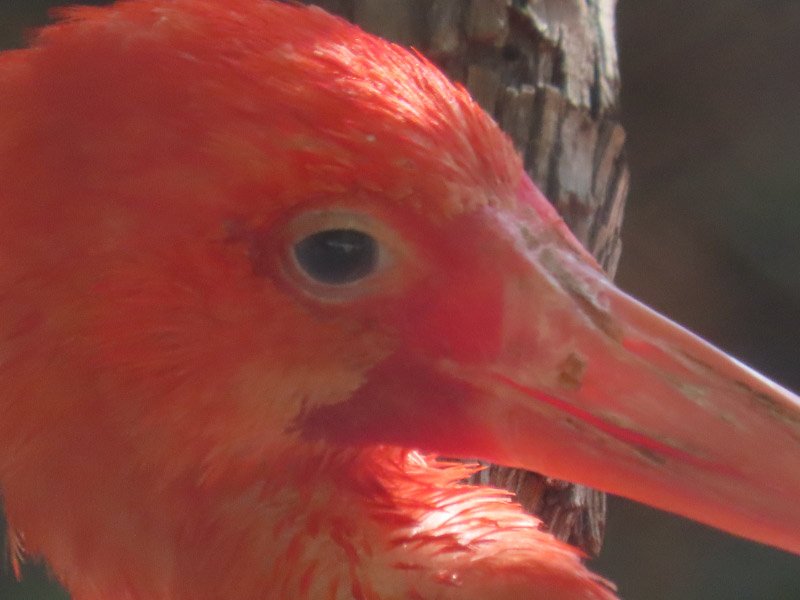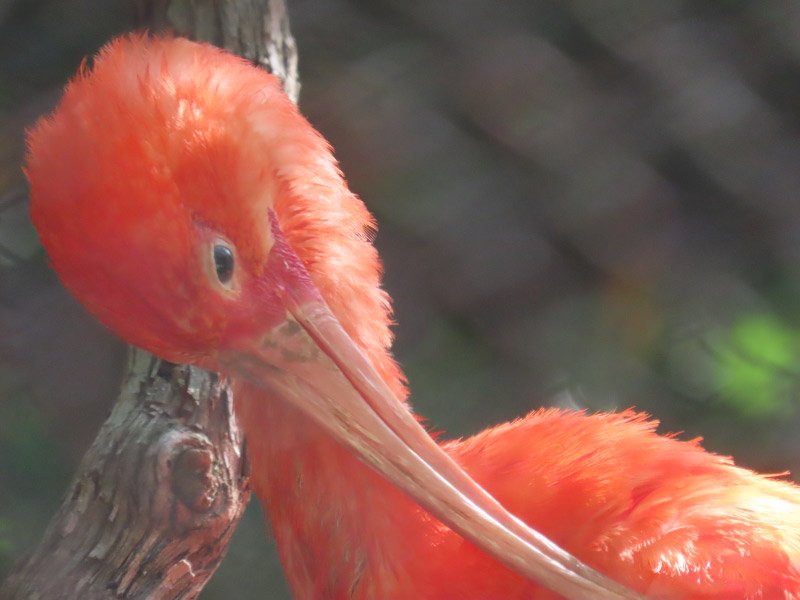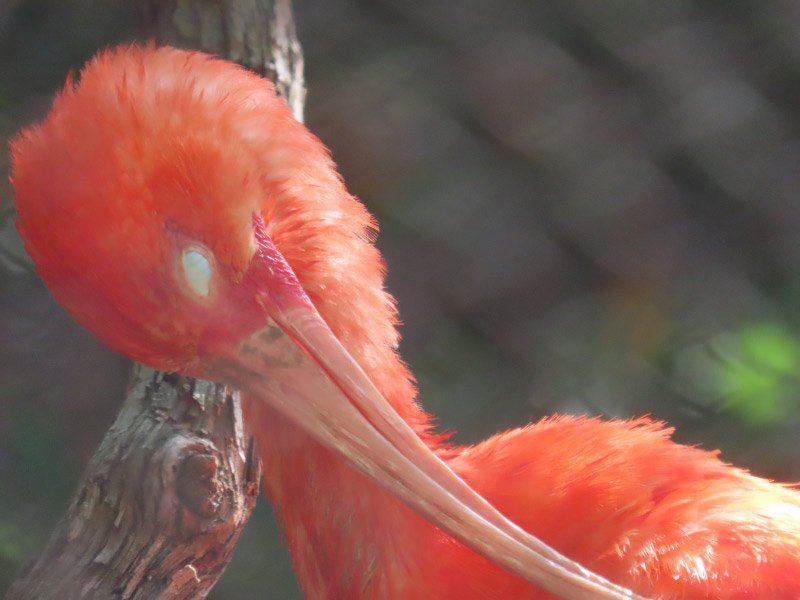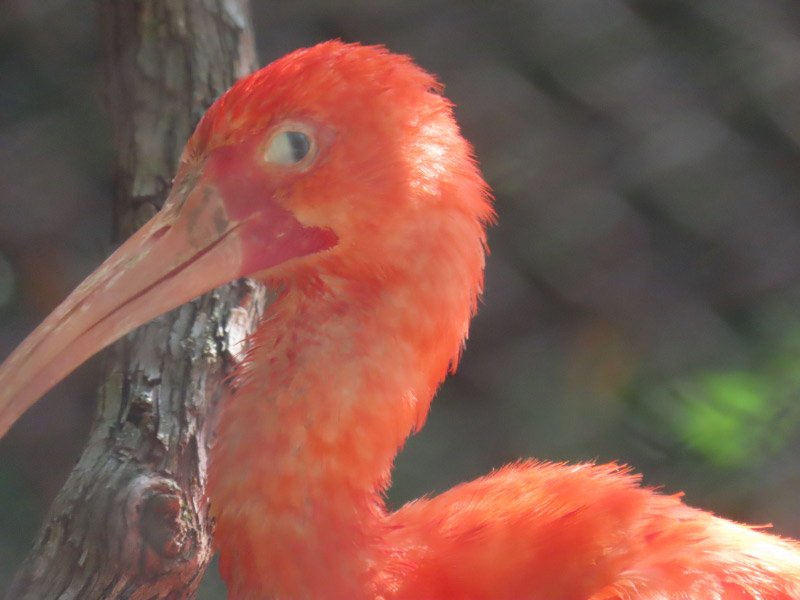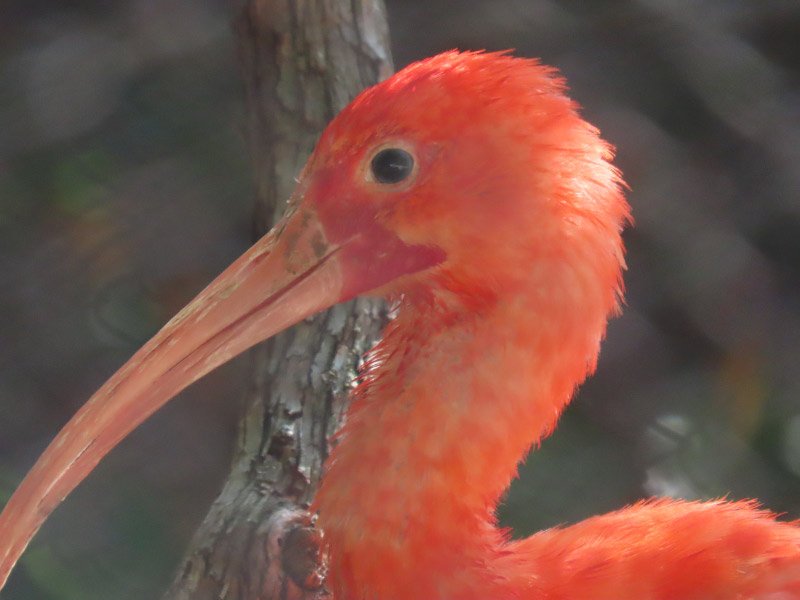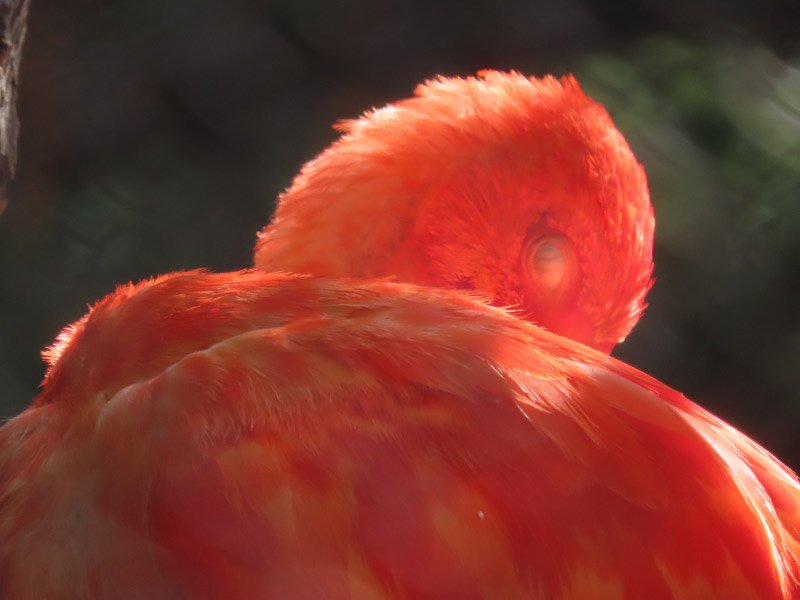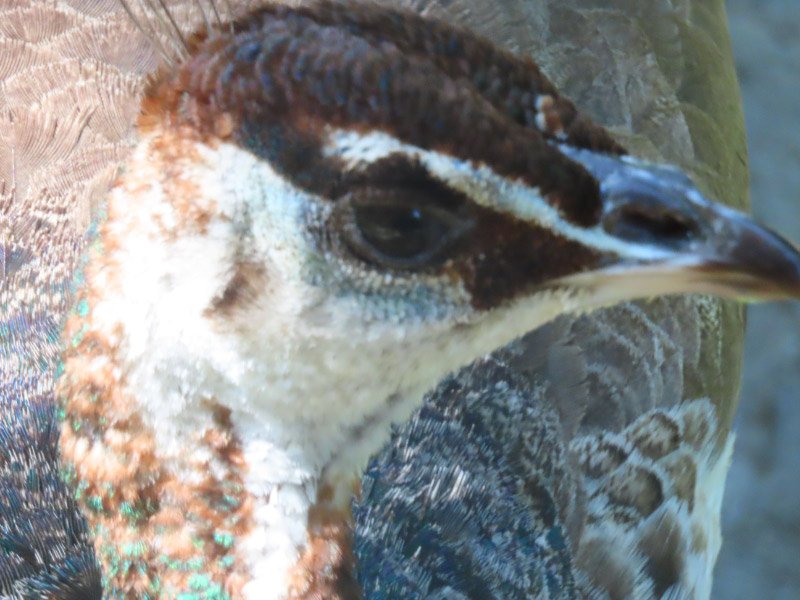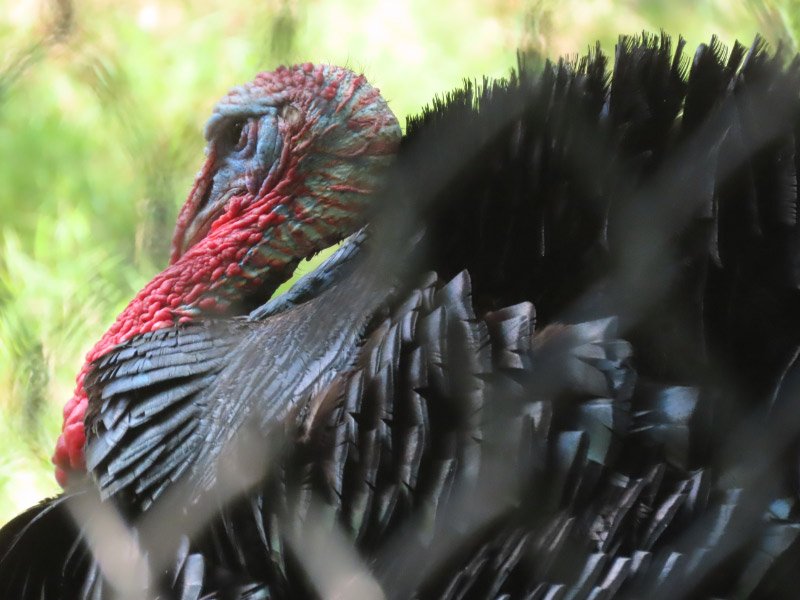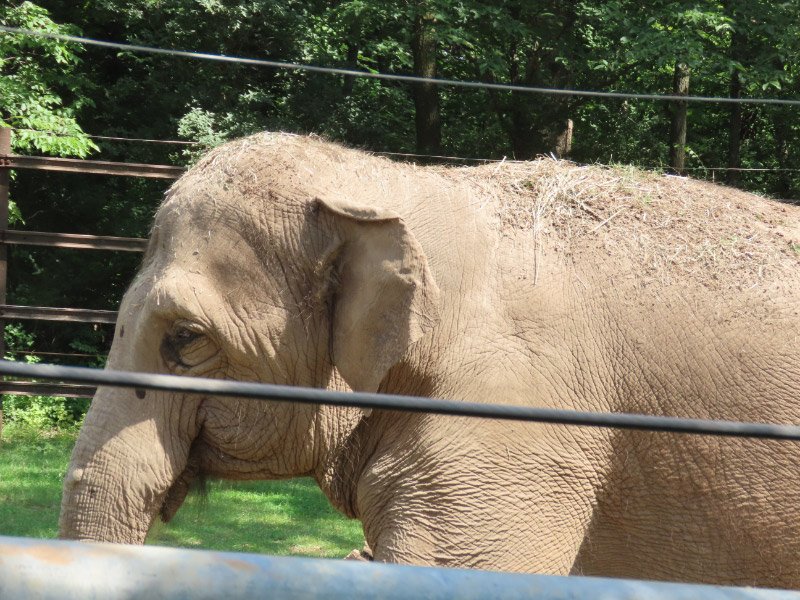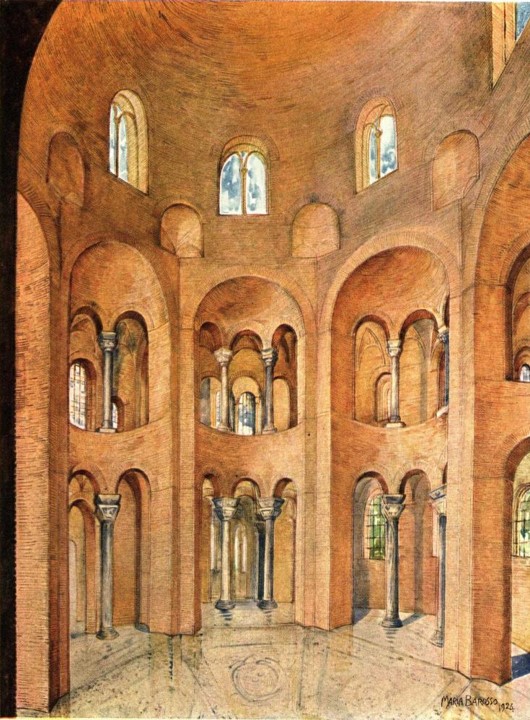Dickerson Park Zoo
/We made our first visit to Dickerson Park Zoo last week. It’s on the north side of Springfield MO – the closest zoo to where we live. We got there about an hour after their opening; the close parking lot was almost full…others taking the advantage of the cooler than usual August morning.
Colorful birds seem to dominate my pictures. Many times, I was photographing through fencing; sometimes you can see the blur/shadow of that barrier.
The preening Scarlet Ibis was one of my favorites. The surprise was seeing the nictitating membrane (an eyelid that is hinged on the inner side of the eye and closes horizontally across the cornea).
Flamingos were in the same enclosure as the ibis – feeding and preening. They feed with their bill toward their bodies. One of the birds had a range of colored feathers.
In the trees above the flamingoes, there were several roseate spoonbills. Their bodies are colorful…their heads and large bills are bare – at odds with the body.
Peacocks (and pea hens) roam the zoo; they are relatively acclimated to people. There were no males with full tails. All the birds I saw appeared to be juvenile birds (younger than 3 years).
There were two Gray Crowned Cranes. I had seen similar birds at the St. Louis Zoo too. The birds at Dickerson Park Zoo were better positioned for a photograph!
The turkey enclosure had one male and a lot of hens…some immatures as well. I heard a mother telling her child that it was a mom and babies; I guess she thought the male was the ‘mom’!
Black swans are dramatic. The pair seems to have more ruffled feathers than I expected.
There were several parrots; we heard them before we saw them! The one I photographed was using its beak like an appendage for balance as it moved around its enclosure.
There were two types of tortoises in different parts of the zoo with signage that they bite! The first one was large but not giant…and I was intrigued by the pattern of the shell…plates like flatted pyramids.
The second was a giant tortoise --- looking well fed!
There were monkeys – somehow they tend to look sad to me. The one I photographed had companions that were moving about, but he was sitting still.
The zoo was working on the giraffe exhibit (they usually have giraffe feedings) so we did not see them like they would normally have been out and about in the morning.
The zoo has a rescued bald eagle – large but one of its wings was not right. It didn’t move from its perch but kept a watchful eye on movements outside its enclosure.
There were metal statues for climbing on (with signs warning that the statues might get hot in the summer) and backdrops for photographs.
There was one elephant with the explanation that when the matriarch died, the two remaining females did not get along…so they each are outside on their own. They get socialization time off exhibit with a male elephant.
There were other animals to see but not easily photographed. The big cats and bears were either in their dens or sleeping.
We didn’t ride the train (I photographed it with a giraffe sculpture in the foreground) – but I like that it is available – another dimension to a visit to the zoo that we might try on a future visit.
The Dickerson Park Zoo might be my favorite. It is not overwhelmingly big or crowned…and its design provides plenty of shade along the paths.

